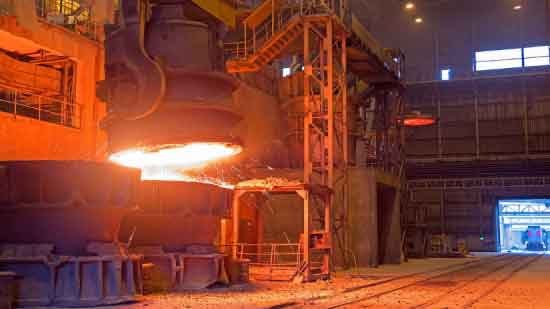
Steel sand casting plays a crucial role in enhancing efficiency and performance in foundries. Foundries that specialize in steel sand casting can benefit from various aspects of the process that contribute to improved efficiency and performance. Here are some key factors:
- Process Optimization: Steel sand casting allows foundries to optimize their production processes for efficiency. Foundries can design and refine the mold-making, melting, pouring, and cooling processes to maximize productivity and minimize cycle times. By analyzing and optimizing each step of the casting process, foundries can reduce waste, improve workflow, and enhance overall efficiency.
- Scalability and Volume Production: Steel sand casting is well-suited for both small-scale and large-scale production. Foundries can efficiently produce a high volume of castings in a single production run, taking advantage of the scalability of the process. This scalability allows foundries to meet customer demands for large quantities of components, enhancing overall production efficiency.
- Material Utilization: Steel sand casting allows for efficient material utilization, reducing waste and optimizing cost-effectiveness. By closely conforming the sand molds to the desired shape, the process minimizes excess material usage. Additionally, the ability to recycle and reuse steel scrap further enhances material utilization, reducing the need for virgin materials and minimizing costs.
- Flexibility and Adaptability: Steel sand casting offers flexibility and adaptability in meeting diverse customer requirements. Foundries can easily adjust the casting process to accommodate changes in component design, specifications, or production volume. This adaptability allows for quick response times and efficient customization, ensuring customer satisfaction and enhancing overall foundry performance.
- Quality Assurance and Control: Steel sand casting processes include stringent quality assurance and control measures. Foundries can implement comprehensive quality control procedures, including non-destructive testing, dimensional inspections, and material analysis, to ensure the highest level of quality and performance in the cast components. Effective quality control systems minimize rework, scrap, and customer returns, contributing to improved efficiency and customer satisfaction.
- Automation and Technology Integration: Foundries can leverage automation and advanced technologies to enhance efficiency in steel sand casting. Automated equipment and robotics can streamline repetitive tasks, reduce human error, and improve overall production speed and accuracy. Foundries can also integrate digital systems, such as computer-aided design (CAD) and computer-aided manufacturing (CAM), to optimize mold design, simulation, and process control, further enhancing efficiency and performance.
- Continuous Improvement and Lean Manufacturing: Foundries can embrace continuous improvement methodologies, such as Lean Manufacturing principles, to identify and eliminate waste, streamline processes, and optimize workflow. By adopting lean practices, foundries can minimize non-value-added activities, improve material flow, reduce lead times, and increase overall efficiency in steel sand casting operations.
By focusing on process optimization, material utilization, flexibility, quality assurance, automation, and continuous improvement, foundries can enhance their efficiency and performance in steel sand casting. These efforts result in improved productivity, reduced costs, faster lead times, and higher-quality cast components, ensuring the success and competitiveness of the foundry in the market.
